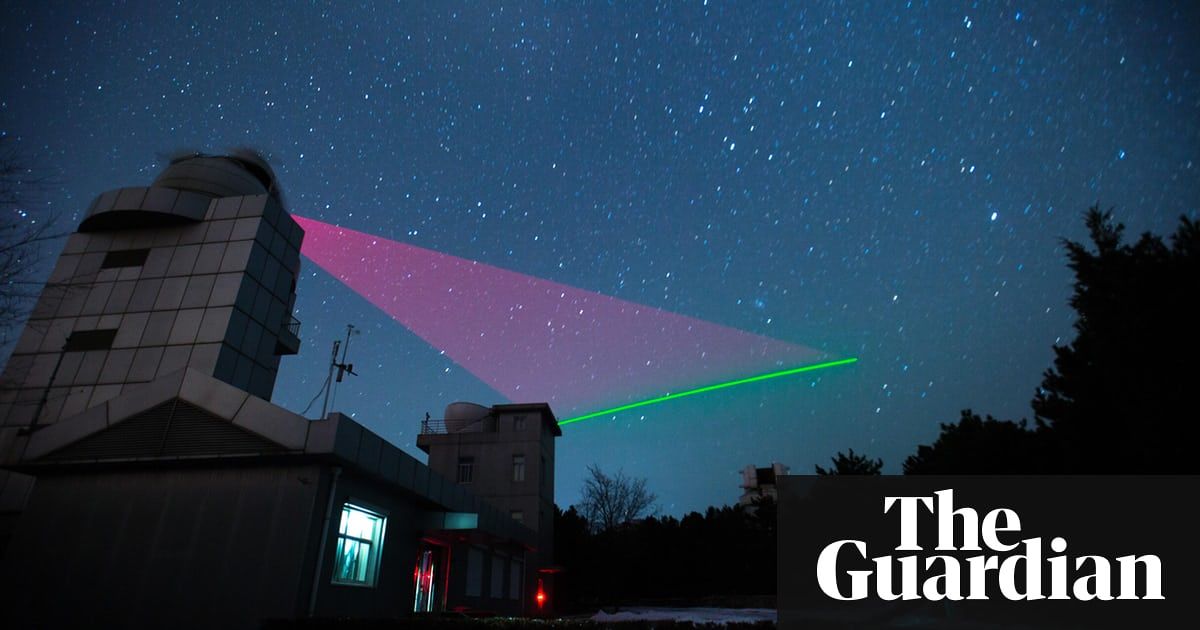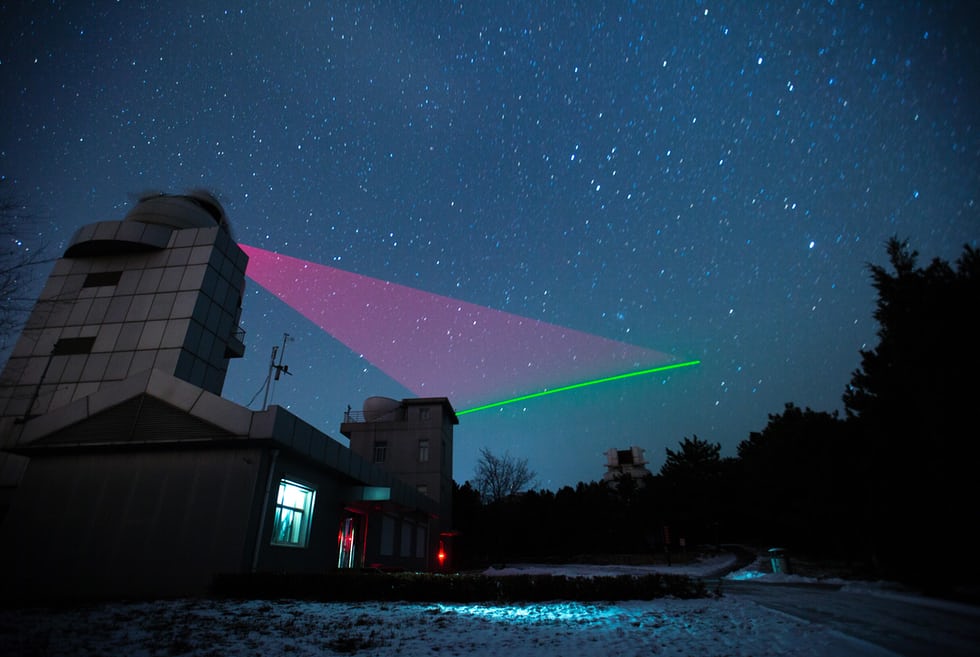Nectome has successfully preserved a rabbit’s brain keeping its neural connections intact. Can it do the same with humans? Not without killing them.
Category: science – Page 129


China’s great leap forward in science
However, the pattern seems clear, and is worth heeding by other nations: despite China’s reputation for authoritarian and hierarchical rule, in science the approach seems to be to ensure that top researchers are well supported with funding and resources, and then to leave them to get on with it.
Chinese investment is paying off with serious advances in biotech, computing and space. Are they edging ahead of the west?
By Philip Ball



Science this week
Catch up on the top stories in #science this week. References to all studies are here: surg.ws/2oeEoCj
Video by The Surg.

China’s great leap forward in science — By Philip Ball | The Guardian
“These days, Chinese scientists stand at least as good a chance of making a global impact on science from within China itself.”

Trump’s Science Advisor, Age 31, Has a Political Science Degree
The dumbing down of society starts.
Because Trump has not nominated someone to head the Office of Science and Technology Policy, Michael Kratsios is the de facto leader.
- By Scott Waldman, ClimateWire on February 14, 2018